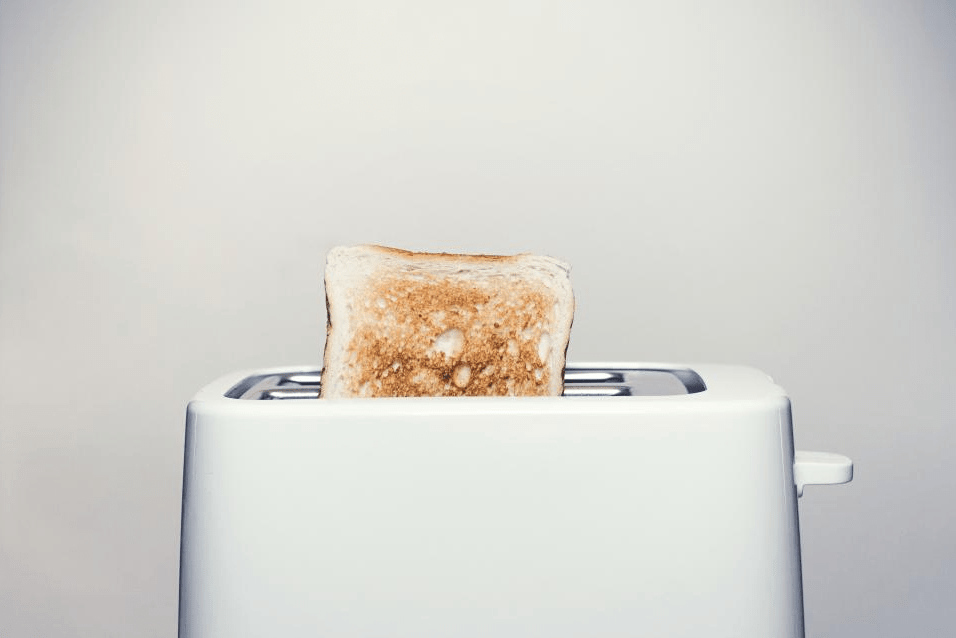

You know the feeling. You want to grow your eCommerce store, but the tools you use––namely, analytics, A/B testing, and conversion optimization––are all dishearteningly long term. Or perhaps you choose paid advertising, but you’ve got a tight ROI and have to constantly monitor your CPC to make sure it doesn’t get out of hand. Instead of getting frustrated, get happy. A bit of instant gratification goes a long way, and pop-ups can provide you immediate results—whether you want new emails on your list, new clicks on your big sale, or new Instagram followers.
They’re cost efficient, easy to use, and when done correctly, can be a powerful way to boost eCommerce engagement.
In this article we're going to outline a few of the benefits you'll receive from utilizing pop-ups and how to set properly set them up. This is especially important since Google recently released a statement advising websites to be careful in how they use pop-ups so as not to lose their ranking–something that they are going to start doing January 2017.
Collecting a customer’s email address is critical. Email marketing is 40 times more effective for new customer acquisition than Facebook or Twitter. Creating a line of consistent communication to an email inbox (especially newsletters that advertise coupons, sales, giveaways, etc.) encourages purchasing beyond a one-time sale. Newsletters are also a great way to initiate and develop brand loyalty. It’s a no-brainer that customers are more likely to first check out new shoes from a company they want to get email from than a company they’ve never heard of. For Funky Christmas Jumpers, building their email list is a crucial yearlong process for ensuring their seasonal merchandise sells. Tying it to their yearly sweater collection release, Funky Christmas Jumpers designed both a mobile and desktop pop-up to collect a visitor’s email address in exchange for a chance to win a sweater—a valuable offer for interested buyers. It was a huge success, and their company gathered over 500 leads that continued to receive emails even after the contest ended.
eCommerce stores selling higher-investment items have their work cut out for them in terms of convincing customers to make the online purchase commitment. You can use pop-ups to creatively drive attention to the benefits of your product as well as your current offers. Priority Bicycles used pop-ups to push through the sticker shock that comes with making a high quality, long-term purchase.
This pop-up is happy for all involved: customers get a hefty discount that makes this larger-ticket item feel more manageable while Priority Bicycles makes a sale and begins the process of brand loyalty and word-of-mouth marketing.
Pop-ups aren’t just for promoting sales and collecting email addresses. They are also a tool for initiating deeper relationships with leads and customers. Some eCommerce brands use their pop-ups to direct site visitors to their social media profiles to boost likes and start conversations that are more ongoing than a one-time purchase. Others use pop-ups as an open call for feedback. Visitors can comment on existing products or present ideas for new items they’d like to see. Collecting more open-ended responses can be even more valuable to your company than a single sale. Your customers’ opinions are important to listen to, and your customers will feel refreshed by the opportunity to share.
In addition, the more data you collect from your customers, the better you'll be able to flesh out your buyer personas which in turn can lead to a more personalized user experience.
Whether you’re using pop-ups to increase signups, promote your marketing campaign, or otherwise engage your audience, these three factors will determine your pop-up success.
Make your copy both fun and sharp. Depending on what you're selling, a little bit of cheeky humor goes a long way. However, your offer should be extremely clear and concise. Pop-ups don’t have room for long explanations of how your product works, and overwhelming your site’s visitors with text is a surefire way to make them think your pop-ups are annoying rather than helpful. Aim for originality. A unique call-to-action button may be the tipping point to get a hesitant customer to click on your offer, so feel free to think outside the box a bit. Even a negative call-to-action (i.e. your “no thanks” text) is an opportunity to catch your visitors’ interest and convince them to become customers by causing them to question why they’re saying no.
Remember Funky Christmas Jumpers? Their copy is spot-on: fun and a bit humorous, very creative, and on-brand. The interactivity of this pop-up also draws visitors in and encourages engagement.
When it comes to targeting, less is more. Get specific with your audience and your goals. Your display scenarios indicate when and where your pop-up appears on your page, so think about whether your message would be most helpful to your customers upon landing, upon exit, or after clicking a specific link.
You may want to direct visitors to your current sale items right as they arrive on your page, but an email newsletter signup (with an accompanying coupon code) may be more enticing for visitors who begin to navigate away. A pop-up for every page or action becomes annoying and no longer provides specific, targeted value to your customers.
Pro tip: To make your pop-ups super successful, make them part of your website’s total experience. Gone are the days of flashy, scammy pop-ups that appear in new windows when you enter a site. Today’s pop-ups are lightbox-style, which dims the background to make your message appear front and center.
Integrate your pop-ups further into your website by matching their design to your branding, making them easy to close (for easy return to your main site), and providing value for your customers. If designed right, your customers will enjoy your pop-ups rather than ignore them. While this Leesa pop-up is a bit busy, it’s perfectly on brand and uses a countdown design to imply this deal’s scarcity and encourage quick purchasing. It’s fully integrated into the website’s design and proves the offer’s value.
By now you're ready to make some pretty rockin’ pop-ups! While there has been some much heated debates on whether or not to use pop-ups, the reason they're still around is because they work. Just remember, less is more. A pop-up should add value to the user experience, not deter and annoy customers away from your site.
About the author
Dusti Arab is the Content Director at WisePops. When she's not researching conversions and the latest in marketing trends, you can find her dressed up like a Disney Princess at karaoke night. Find her around the web at @dustiarab.
The Jibe Multimedia, Inc. © 2009-2025